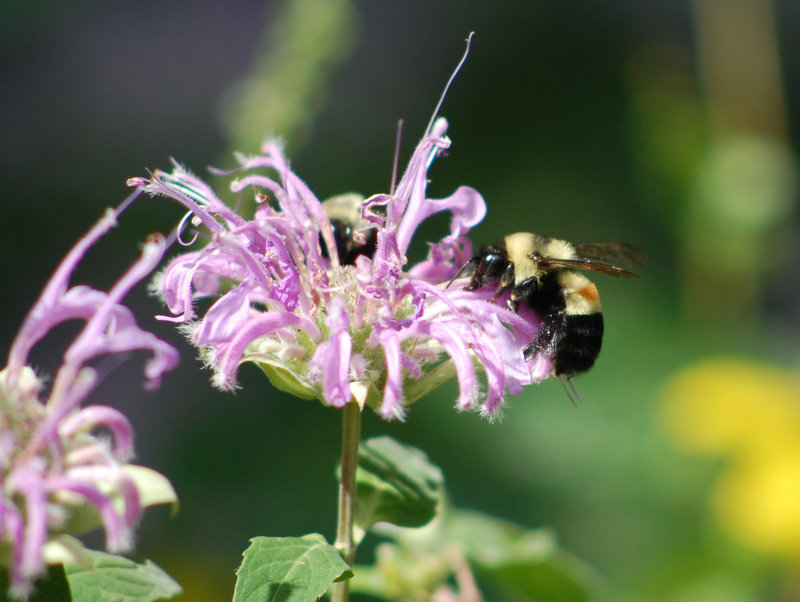– WHAT’S THE BUZZ? SCIENTISTS TRY TO FIND OUTThe Associated Press
It’s not just honey bees that are in trouble. The fuzzy American bumblebee seems to be disappearing in the Midwest.
Two new studies in Thursday’s journal Science conclude that wild bees like the American bumblebee are increasingly important in pollinating flowers and crops that provide us with food. And, at least in the Midwest, they seem to be dwindling in an alarming manner, possibly from disease and parasites.
Wild bees are difficult to track so scientists have had a hard time knowing what’s happening to them. But because of one man in a small town in Illinois in the 1890s, researchers now have a better clue.
Naturalist Charles Robertson went out daily in a horse-drawn buggy and meticulously collected and categorized insects in Carlinville in southern Illinois.
More than a century later, Laura Burkle of Montana State University went back to see what changed. Burkle and her colleagues reported that they could find only half the species of wild bees that Robertson found — 54 of 109 types.
“That’s a significant decline. It’s a scary decline,” Burkle said Thursday.
And what’s most noticeable is the near absence of one particular species, the yellow-and-black American bumblebee. There are 4,000 species of wild bees in America and 49 of them are bumblebees. In the Midwest, the most common bee has been Bombus pensylvanicus, known as the American bumblebee. It only stings defensively, experts say.
But in 447 hours of searching, Burkle’s team found only one American bumblebee, a queen.
That fits with a study that University of Illinois entomologist Sydney Cameron did two years ago when she found a dramatic reduction in the number and range of the American bumblebee.
“It was the most dominant bumblebee in the Midwest,” Cameron said, saying it now has pretty much disappeared from much of its northern range. Overall, its range has shrunk by about 23 percent, although it is still strong in Texas and the West, she said.
Her research found four species of bumblebees in trouble: the American bumblebee, the rusty-patched bumblebee, the western bumblebee and the yellow-banded bumblebee.
A separate Science study by a European team showed that wild bees in general have a larger role in pollinating plants than the honey bees that are trucked in to do the job professionally.
Send questions/comments to the editors.



Success. Please wait for the page to reload. If the page does not reload within 5 seconds, please refresh the page.
Enter your email and password to access comments.
Hi, to comment on stories you must . This profile is in addition to your subscription and website login.
Already have a commenting profile? .
Invalid username/password.
Please check your email to confirm and complete your registration.
Only subscribers are eligible to post comments. Please subscribe or login first for digital access. Here’s why.
Use the form below to reset your password. When you've submitted your account email, we will send an email with a reset code.